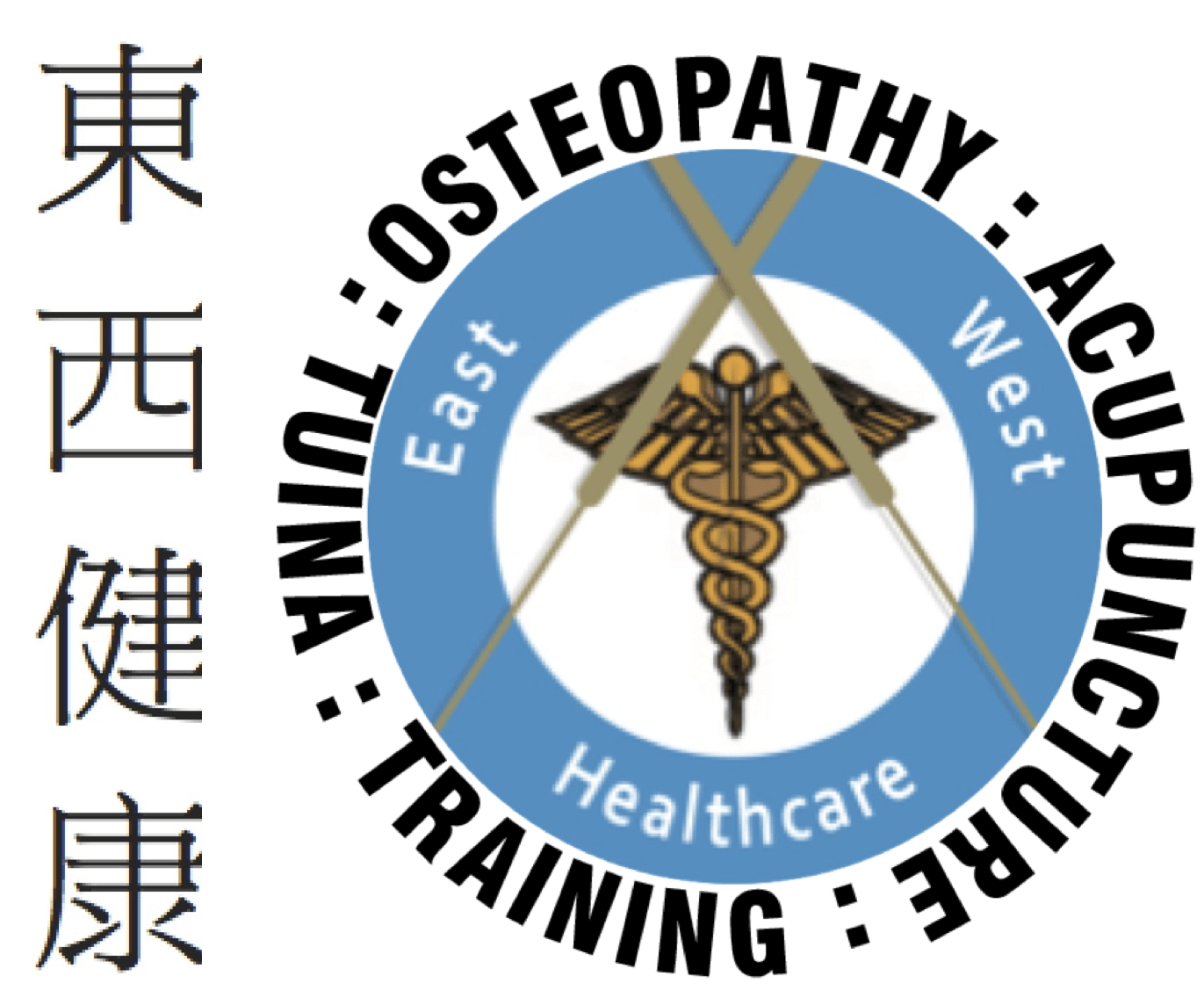RICE, PRICE or POLICE - revised thoughts on the management of acute injuries
"Experience must indeed, as Hippocrates says in his first aphorism, be fallacious if we decide that a means of treatment, sanctioned by the use of between two and three thousand years, and upheld by the authority of the ablest men of past times, is finally and forever given up............" W. Mitchell Clarke, M.D., 1875
- R - Rest
- I - Ice
- C - Compress
- E - Elevate
- Blood vessels dilate and become 'leaky' (permeable) thereby;
- Allowing the arrival of white blood cells (leukocytes) to kill off any infection and to signal reinforcements (in the shape of cell eaters or macrophages) to help mop up the damage.;
- Any waste products and excess fluid are then removed by the lymphatic system - which (unlike the cardiovascular system) does not have its own pump and relies mainly on movement, skeletal muscle contraction and breathing for lymphatic drainage.
- P - Protection - this aims to reduce further damage to the injured area by using devices (such as crutches, braces or supports - traditionally associated with rest) to avoid complete rest and still move, whilst protecting the area;
- OL - Optimal Loading - this refers to the start of gentle movement of the injured area. Controlled mechanical loading up-regulates gene expression of proteins that are used in soft-tissue healing (Bleakley, 2012) thereby prompting healing at a cellular level. The problem is that if tissues are stressed to much, too early further damage could be caused. Guidance can be given at the clinic regarding exercises that progressively load the area to promote healing and increase proprioception. Optimal Loading also prevents problems such as muscle tightness or muscle wasting that can happen form too much rest;
- I - Ice, applying ice (putting a towel between the ice pack and skin, avoiding ice burns) to the injured area for 10 minutes every 2 hours;
- C - Compression - gentle compression of the injured area with a bandage may minimise swelling - however insure there is not skin colour changes or pins-and-needles since it may be too tight;
- E - Elevation
Further treatment
Seeing a competent physical therapist (e.g. osteopath or sports therapist) can assist with hands-on-treatment (e.g. massage and mobilisation), exercises and taping to ensure a return to full range of mobility. For example NICE (the National Institute for Health and Care Excellence, which provide national guidance and advice for Health & Social Care) in their UK guidelines for the treatment of Lower Back Pain recommend the use of manipulation and massage, in conjunction with exercise (NICE, 2016). In addition, the Advertising Standards Association has been provided with clinical evidence to support the use of:
- Acupuncture in the short-term relief of headaches (tension-type and migraine), chronic low back and neck pain and temporomandibular (TMJ) pain and as a temporary adjunctive treatment for osteoarthritis of the knee (ASA, 2019) and;
- Osteopathy for the treatment on a variety of conditions including arthritic pain, frozen shoulder, shoulder and elbow pain (arising from associated musculoskeletal conditions of the neck and back), headaches (arising from the neck), joint pains, general and acute back-pain, minor sports injuries, muscle spasm, sciatica, uncomplicated mechanical neck pain, tension and inability to relax (ASA, 2016).
It therefore seems that advice seems to have completed a full circle. I firmly believe that, by dismissing everything that was done in the past, we are in danger of throwing out the baby with the bathwater. Conversely, not everything that was done historically was necessarily good or beneficial and by accepting everything that was written historically as the ultimate truth can lead to tunnel vision and possibly dangerous, clinical practice. . One must look at what is clinically effective and that having a pragmatic approach, with the ability to critically appraise information and to integrate the best of all paradigms, is the way forward in a balanced, efficacious practice of 21st century healthcare.
References
ASA (2016) Advice online Health: Osteopathy 2nd Dec 2016, Advertising Standards Authority, [online] Available at https://www.asa.org.uk/advice- online/health-osteopathy.html;
ASA (2019) Advice online Health: Acupuncture 26th Feb 2019, Advertising Standards Authority, [online] Available at : https://www.asa.org.uk/advice- online/health-acupuncture.html
Bleakley, C. et al (2012), 'PRICE needs updating, should we call the POLICE', British Journal of Sports Medicine, Vol 46 (4), published by the BMJ, Available at https://bjsm.bmj.com/content/46/4/220
Jam, B (2020) 'Paradigm Shifts: Use of Ice & NSAIDs Post Acute soft Tissue Injuries", Physical Therapy web, Available at https://physicaltherapyweb.com/paradigm-shifts-use-ice-nsaids-post-acute-soft-tissue-injuries-part-1-2/
NICE (2016) NICE publishes updated advice on treating lower back pain, National Institute for Health and Care Excellence. Available at https://www.nice.org.uk/news/article/nice-publishes-updated-advice-on- treating-low-back-pain









